President Donald Trump says in his budget that he’s asking for the highest amount ever for certain wildfire prevention programs. His proposal actually contains less money for wildfire prevention efforts than the current federal spending plan.
It’s a small difference, just $6 million out of about $1.4 billion for wildfire prevention programs managed by the Department of the Interior and the U.S. Department of Agriculture. But, it would be a cut if Congress approves it.
Meanwhile, Trump’s budget would increase money that could contribute to harvesting timber and clearing trees. Trump has encouraged more logging in the past year. He publicly blames California and environmental groups for lax forest management on federal lands, where it is the responsibility of the federal government.
His administration’s budget proposal says, “In light of historically catastrophic wildfire seasons in recent years, the budget significantly increases funding for wildland fire management programs to reduce hazardous fuel loads and support wildfire preparedness efforts.”
Trump is requesting $450 million — $15 million more than the current budget — for hazardous fuel mitigation under the U.S. Forest Service, according to an analysis by the nonpartisan Taxpayers for Common Sense.
That increase is offset by his proposal for a reduction to a separate wildland fire management program under the Department of Interior. He’s asking for $920 million — $21 million less than the current budget — for the department’s wildland fire management budget. He’s also proposing to reroute more money from that fund to cover fuel management activities and increase spending on forest products, which specifically deals with timber harvesting.
Both of those budget items directly relate to wildfire prevention on different federal lands. A spokesman for the Trump administration did not comment.
More than 147 million trees have died in California since 2010, with 18 million dying last year. The U.S. Forest Service has struggled to manage those forests, where dead trees act as ripe kindling when fires start. The Camp Fire last year — the deadliest on record, killing 85 civilians — was one of many fires that officials said was worsened by a lack of adequate forest management.
Congress has consistently granted more to wildfire prevention funding than Trump has requested. Trump last year requested $390 million for hazardous fuel management and Congress budgeted $435 million.
And because of a fix Congress made in how wildfire funding is handled last year, Sen. Dianne Feinstein, D-California, said they should have even more money for prevention efforts, since they shouldn’t be borrowing as much from those funds to cover unforeseen costs in suppressing the fires.
“Thanks to provisions in the recent farm bill and the wildfire budget fix that goes into effect later this year, the Forest Service now has additional resources to better manage our forests,” Feinstein said. “Wildfire funding has broad bipartisan support in Congress and hopefully this is a sign the administration plans to use all the tools we’ve provided.”
California also stands to benefit from an unheralded law passed last year to improve the way the federal government assists with disaster recovery efforts in the states.
Pete Gaynor, acting director of the Federal Emergency Management Agency (FEMA), testified this week that the Disaster Recovery Reform Act of 2018 will give California access to “somewhere between $400 million and $1 billion of pre-disaster mitigation funds that they could apply across the state to reducing fire risk.”
The funding is calculated based off the total costs of disaster recovery requested by a state in a given year. According to Gaynor, the relevant provision in the 2018 law authorizes the government to provide an additional amount for disaster prevention equal to 6 percent of those recovery costs.
Those funds could go toward work to prevent mudslides and floods in areas hit by wildfires, something California communities are now grappling with after the torrential rains of the past few months.
With the funding authorized under the new law, “we’re in much better shape to address that problem,” Gaynor told lawmakers at a House Appropriations subcommittee hearing.
Western lawmakers said those funding changes and Trump’s proposed increase to the U.S. Forest Service boded well for more wildfire prevention money from Congress in the coming years.
Rep. Doug LaMalfa, R-Oroville, said he believed Trump saw the need for more forest management and prevention after visiting his district last year in the aftermath of the Camp Fire. He also credited a push by U.S. Department of Agriculture Secretary Sonny Perdue.
“More funding is going to help, but it still comes back to me that we’re going to have to engage much more outside, private sector work to get the volume of work that needs to be done on forest thinning,” LaMalfa said, revisting a frequent argument by Republicans that environmental groups oppose. “The past pattern has been the Forest Service only covers 1 percent of its acreage per year, so it would take 100 years to get to everything.”

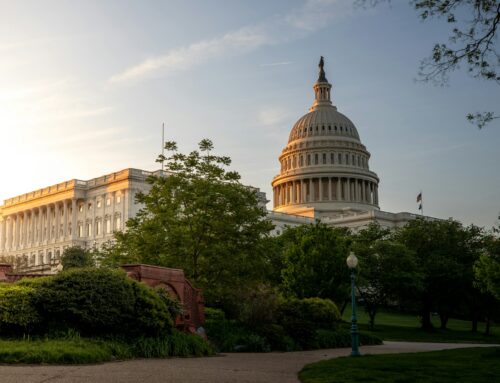
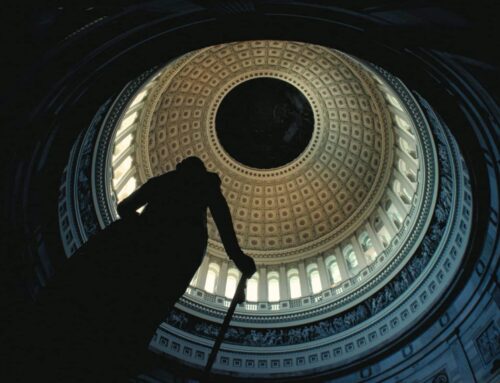
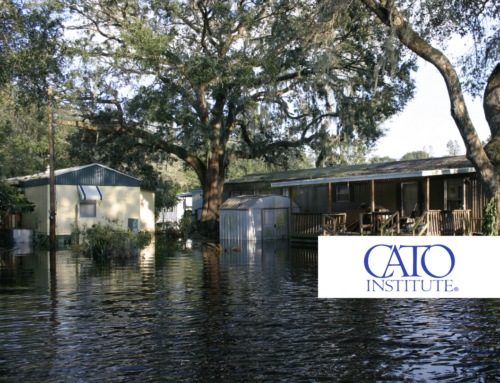





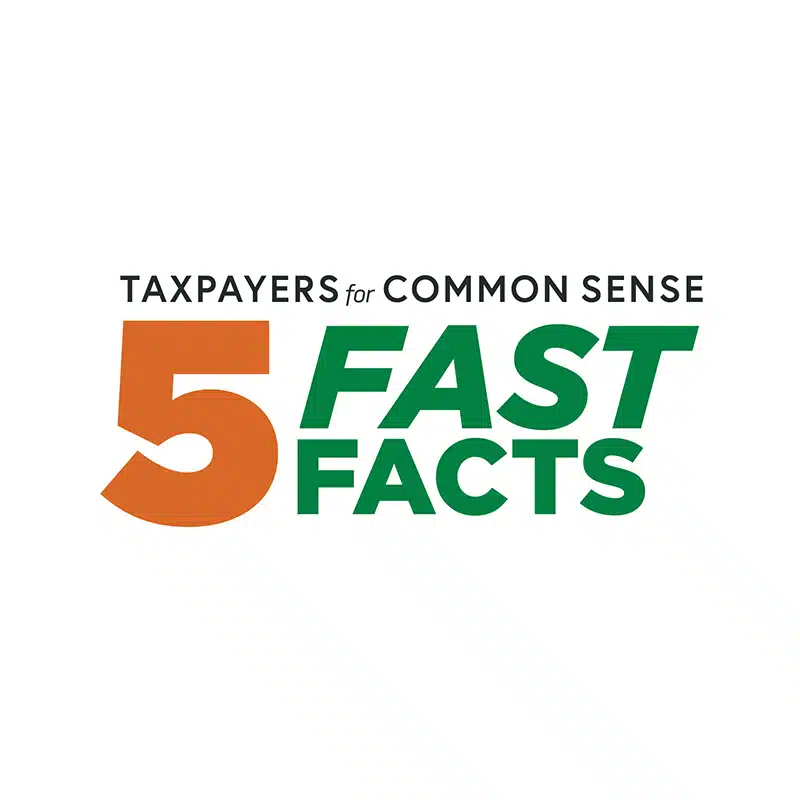
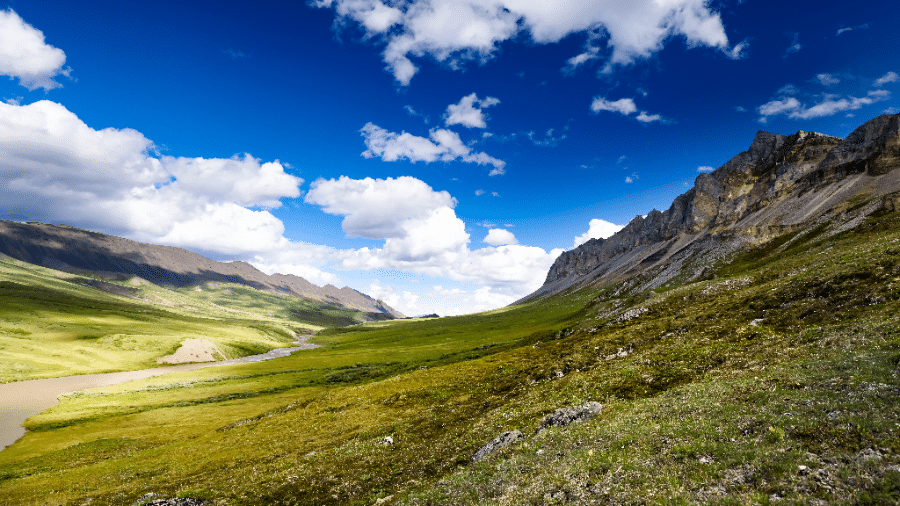
Get Social